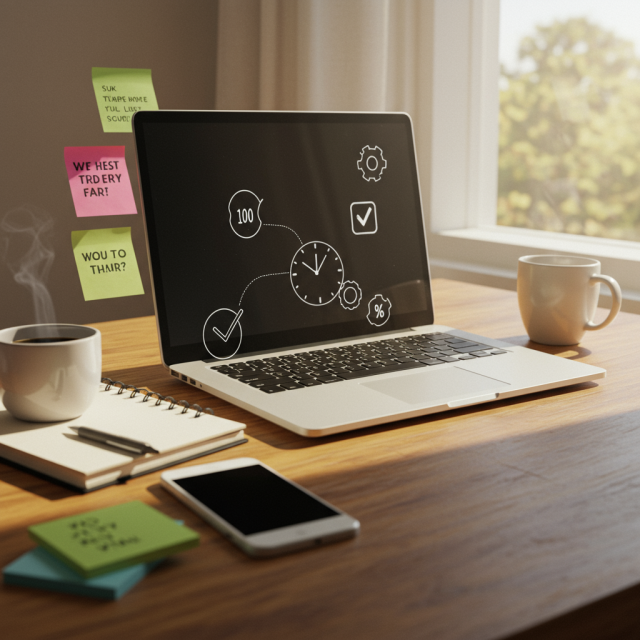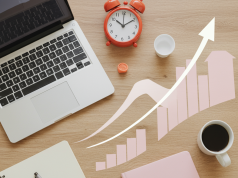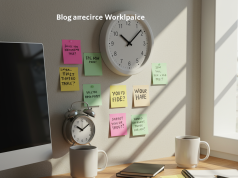In today’s fast-paced world, finding ways to eke out extra time and mental energy can feel like a superpower. Whether you’re juggling work projects, personal goals, or home responsibilities, smart life hacks can help you optimize every minute. In this post, we dive into 12 cutting-edge productivity strategies designed to streamline your workflow, enhance focus, and leave you with more free time for what truly matters. Let’s get started!
Time Blocking with Themed Days
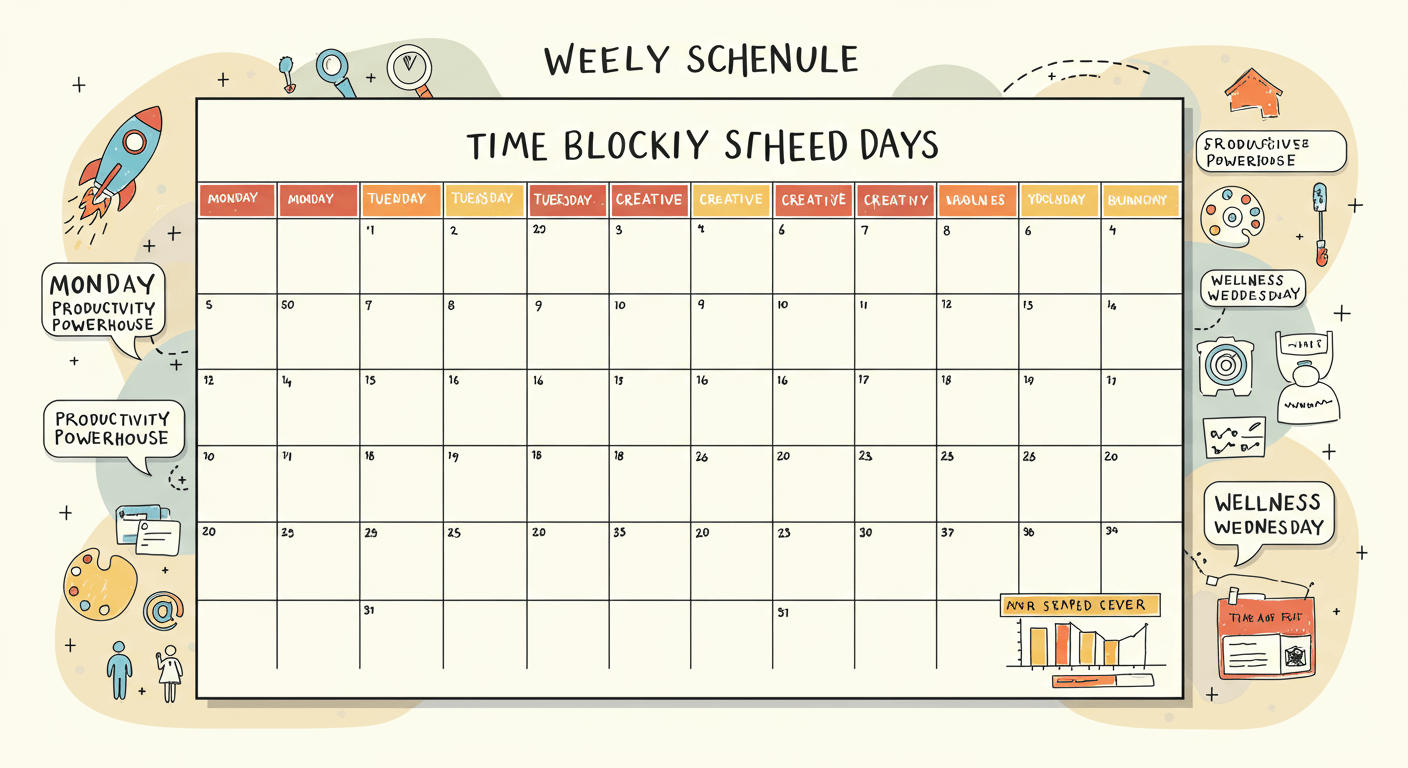
Time blocking is the art of scheduling your calendar in dedicated chunks for specific activities. Take it a step further by assigning themes to each day of the week—like “Marketing Mondays,” “Finance Fridays,” or “Creative Wednesdays.” This approach prevents context-switching fatigue and allows your brain to settle into one mode of thinking per day. By batching similar tasks together, you’ll work faster, reduce decision fatigue, and enjoy a clearer sense of progress as each themed day concludes. Learn more about Mastering Time and Focus.
The Two-Minute Rule
Inspired by productivity coach David Allen, the Two-Minute Rule states that if a task takes two minutes or less, do it immediately. Respond to that quick email, file a document, or refill your water bottle on the spot. These seemingly trivial tasks can clutter your attention if postponed. By handling them in real time, you maintain momentum and keep your to-do list from ballooning into an overwhelming monster. Over a week, these micro-actions can free up hours of mental space.
Energy Mapping
Not every moment of our day is equally productive. Energy mapping involves tracking your natural highs and lows over several days to identify peak performance windows. Use a simple spreadsheet or an app to log focus levels every hour. Once you know when your brain is firing on all cylinders, schedule your most demanding tasks—like writing reports or brainstorming new ideas—during those prime slots. Save low-energy periods for routine tasks like email triage or administrative work.
The Pomodoro Technique 2.0
The classic Pomodoro method alternates 25 minutes of work with 5-minute breaks. To modernize it, customize interval lengths based on your attention span and task complexity. If you’re diving into deep coding or strategic planning, try 50-minute sprints followed by 10-minute recovery sessions. Use a timer app that blocks distracting sites during work sprints and gently reminds you to stretch or hydrate during breaks. This tailored approach keeps your mind sharp without causing burnout.
Digital Declutter Sessions
Cluttered desktops, overflowing inboxes, and messy file systems are stealth productivity killers. Schedule weekly digital declutter sessions—blocks of 20 to 30 minutes dedicated to deleting old files, archiving completed projects, unsubscribing from irrelevant newsletters, and organizing folders. A streamlined digital environment reduces cognitive overload, making it easier to find what you need and focus on tasks that matter.
The “Eat That Frog” Method
Coined by Brian Tracy, “eating the frog” means tackling your toughest, most important task first thing in the morning. By knocking out your biggest challenge at the start of the day, you build momentum and confidence for everything that follows. Plus, you eliminate the dread that creeps in when a major task looms over your schedule. Commit to your frog—no matter how intimidating—and the rest of your day will feel like a breeze.
Gamify Your Tasks
Turn mundane chores into a game by assigning point values, rewards, or levels to tasks on your to-do list. For example, completing a report could be worth 50 points, while tidying your workspace earns 10 points. Set daily or weekly point goals and treat yourself when you hit milestones—like a coffee run, a short walk outdoors, or an episode of your favorite show. The element of fun and competition (even with yourself) can be a powerful motivator.
Microbreak Mindfulness
Long periods of intense focus can lead to mental fatigue. Instead of scrolling social media, use microbreaks of one to two minutes for mindfulness. Close your eyes, take deep belly breaths, or do a quick body scan to release tension. Even brief pauses can reset your cognitive resources, reduce stress hormones, and sharpen attention when you return to work. Set a gentle reminder to practice this every hour to maintain high performance throughout the day.
Batch Processing
Group similar tasks—such as answering emails, making phone calls, or creating social media posts—and handle them in one continuous session. Batch processing minimizes the start-up and wind-down time associated with switching tasks. For instance, schedule two 30-minute email blocks rather than sporadically checking your inbox. This method conserves mental energy and reduces the temptation to multitask, which often hinders productivity.
Strategic Use of Templates
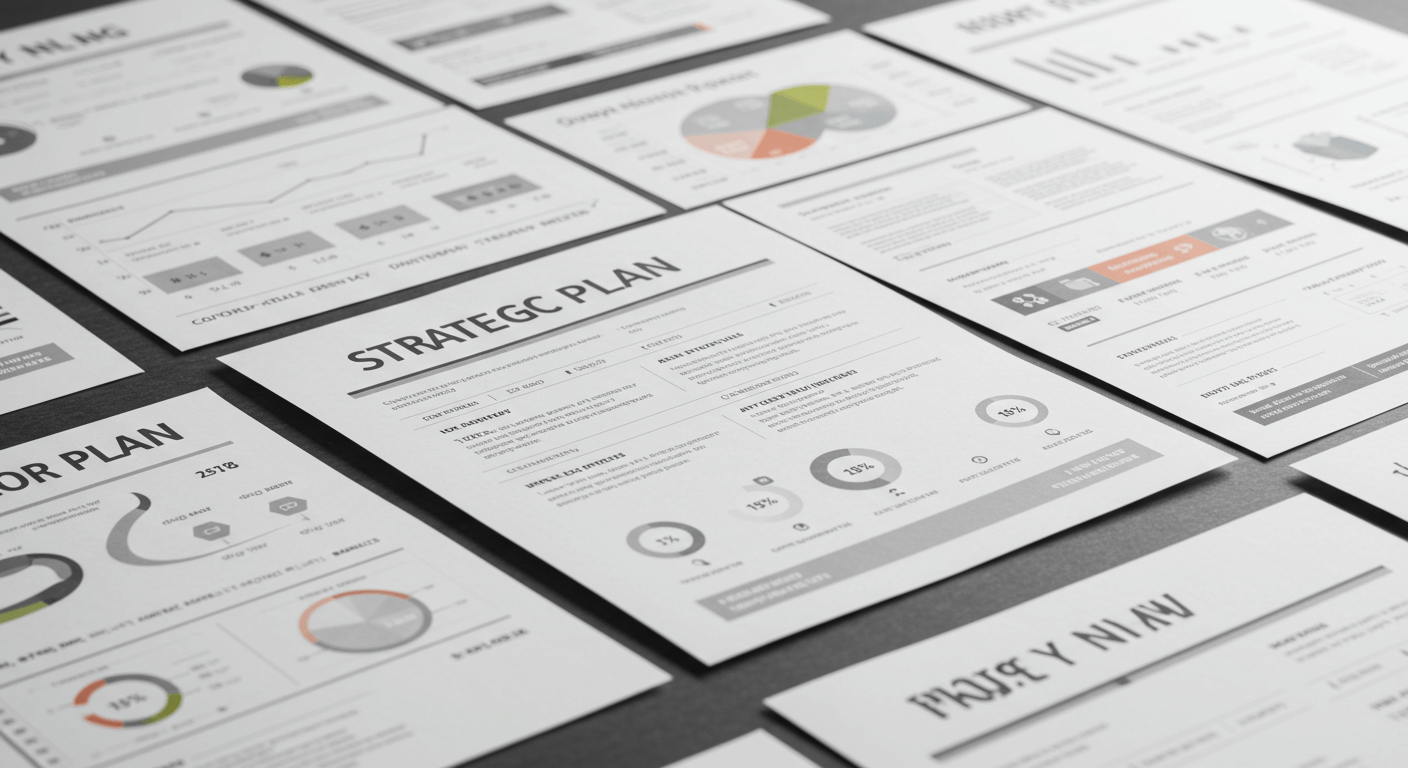
Whether you’re drafting proposals, sending outreach emails, or creating meeting agendas, templates can save invaluable time. Spend a few hours building flexible templates for your most common documents and communications. Keep them updated and easily accessible in your cloud storage. By avoiding the blank-page syndrome, you’ll accelerate workflow, maintain consistency, and ensure every piece of correspondence meets your quality standards.
Leverage Idle Moments
Commuting, waiting in line, or standing in an elevator—these small pockets of time can add up. Use them to listen to educational podcasts, draft quick outlines for upcoming projects, or practice language learning apps. Identify tasks that suit a mobile context and prepare a “go bag” of digital resources. By capitalizing on micro-moments, you’ll feel more productive and reduce your workload during core office hours.
Reflective Journaling Nightcap
End each day with a brief journaling ritual focused on wins, challenges, and lessons learned. Spend five minutes answering prompts like: “What did I accomplish today?” “What held me back?” “How can tomorrow be better?” This reflection process not only reinforces positive habits but also uncovers friction points in your routine. Over time, you’ll refine your strategies based on real data and cultivate a growth-oriented mindset.
Conclusion
Mastering productivity isn’t about working harder—it’s about working smarter. By integrating these 12 innovative life hacks into your routine, you’ll optimize your time, conserve mental energy, and focus on what truly drives results. Experiment with one or two strategies at a time, track your progress, and adjust as needed. With consistency and a growth mindset, you’ll unlock new levels of efficiency, creativity, and satisfaction in both your personal and professional life.
Ready to transform your day? Pick your favorite hack and give it a try tomorrow morning. Let us know which strategy delivered the biggest boost to your productivity in the comments below!

